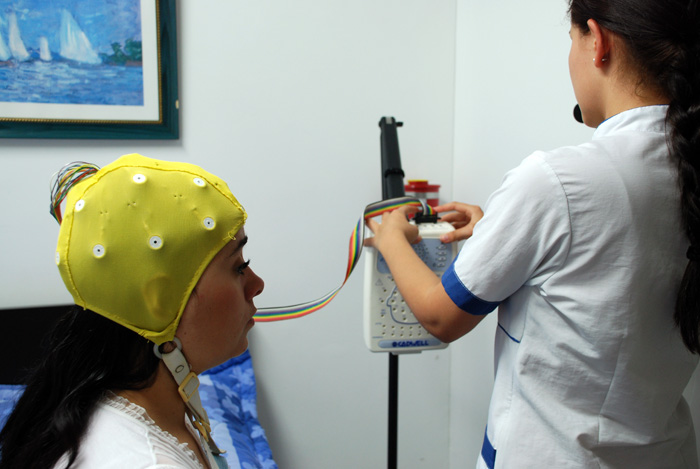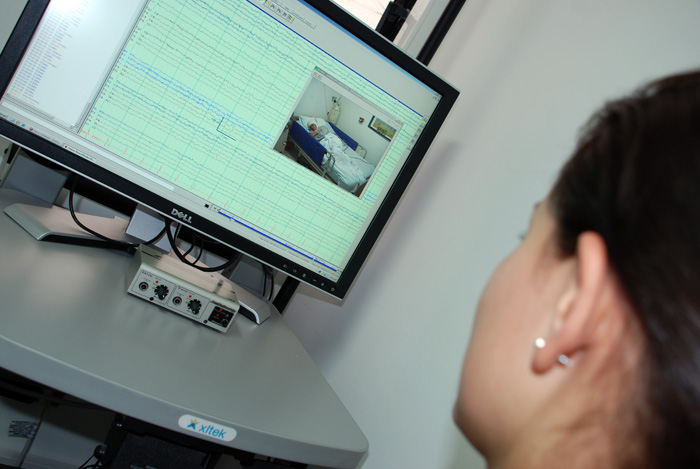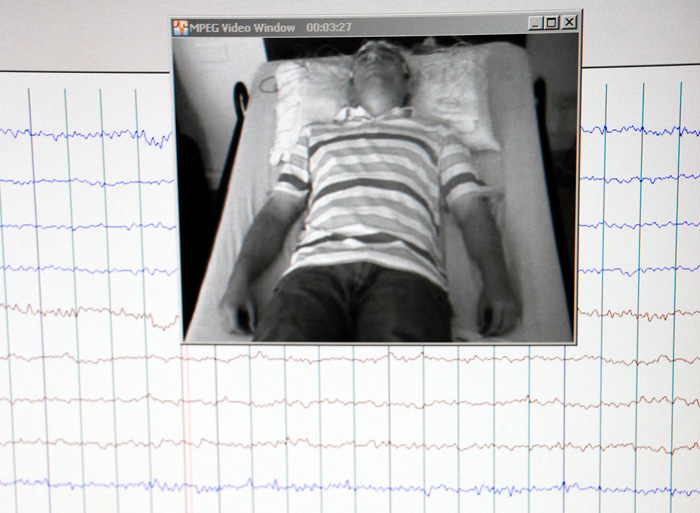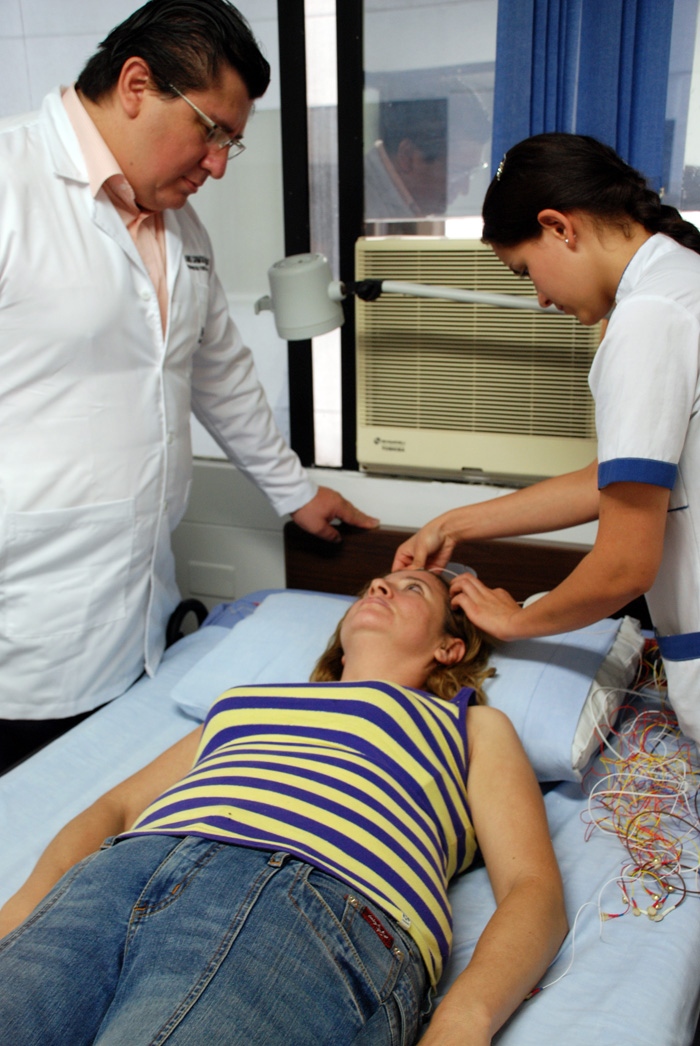Parkinson has been cataloged as the second most frequent neurodegenerative disease in Colombia. It alters the control of muscular movements and its normal symptoms are shaking in the hands, arms and legs, as well as equilibrium and coordination problems. It affects men and women in their 60"s; however, there have been cases of 40 year old patients.
According to the statistics, in the country, for each 100 thousand inhabitants, 270 can suffer from this disease, very common in white people.
Since the 60"s, the clinical treatment has been the administration of medicine to control shaking and lack of coordination; however, this medicine does not stop the development of the disease. Likewise, some patients undergo surgery to improve involuntary movements and rigidity from the opposite side of the lesion with very good results; however, these procedures do not alter the progressive course of the disease.
Considering the need of finding an optimal clinical procedure and reducing the mortality rates due to this disease, researchers from the Control and Digital Processing of Signals group of Universidad Nacional de Colombia in Manizales, developed a software that allows specifying brain surgery and obtaining good results through mathematical algorithms.
A tool for surgeries
"Parkinson has been traditionally seen as an incurable disease; however, some medical studies have proved that there is a zone in the brain known as subthalamic nucleus, that can be cauterized to eliminate the symptoms," explains Luis David Avendaño Valencia, a magister in Industrial Automation and a student from the Doctorate in Automatic Engineering-Line of Universidad Nacional de Colombia in Manizales.
Based on this study, stereotactic surgery was designed, which consists on performing a small perforation "the size of a coin" in an area of the cranium to introduce a catheter with electrodes on its extreme. The catheter is introduced until it reaches the subthalamic nucleus, where the cauterization of the tissue is made.
The contribution of the research group of Universidad Nacional de Colombia has been designing a methodology to recognize patterns that can be used as support for the neurosurgeon to immediately locate the subthalamic nucleus during surgery.
"The measured signals on the extreme of the catheter are characterized and classified using methodologies for the processing of variable signals in time. This way, we have been able to accurately locate the area in which the extreme of the catheter is," affirmed Avendaño Valencia.
According to the neurosurgeon Hans Carmona Villada, "in this case, the software automatically finds clinical changes during the surgery and informs the moment in which we enter in the duct, its conditions and position compared to a tridimensional space."
Scientific cooperation
Apart from the experts of Universidad Nacional de Colombia, professionals from Universidad Tecnológica de Pereira (UTC) and the Neurocenter for Epilepsy and Parkinson of the Eje Cafetero also participated in the development of the software and the analysis of the disease from different perspectives.
"It is a biomedicine work (a medical research complemented by several disciplines) with great impact in our community, in which there are close to six thousand registered cases of people who suffer from this disease. The computing and production techniques of this software will facilitate the diagnosis processes and will improve accuracy and security in the surgical procedures," explained Carmona Villada, also a specialist in Stereotactic and Functional Neurosurgery (a manipulation technique that allows finding the biopsy place by means of an external analysis of coordinates).
For Luis David Avendaño, "this engineering development Universidad Nacional de Colombia and Tecnólogica de Pereira obtained, directly benefits the Neurocenter. This institution provides the electroencephalographic records we use to train and validate our algorithms, and it also gives advice on topics related to the medical part of the project."
Due to this institutional cooperation, the design and construction of very sophisticated equipment, similar to that used by developed countries, has been possible. The cost of this equipment is 500 million, while Colombian ones do not exceed 35 million. Therefore, the cost reduction is close to 70%.
The software for brain signal recognition has given promising results during the tests. "Apart from defining the location of the subthalamic nucleus, it can be used to explore new areas of investigation to improve the algorithms. Once the testing is finished, the validation with gold standard (golden rule in medicine) will be carried out to procede with the construction of prototypes that will be given to the Neurocenter," asserted the doctorate student from Universidad Nacional de Colombia in Manizales.
Parallel investigations
Another research topic in which the Control and Digital Processing of Signals group works is the localization of epileptic focuses. What they want now is to eliminate the brain tissue that originates the crisis of epilepsy attacks.
"These practices in medicine foster new treatments for patients and benefit the poorest economic sectors, since a treatment can be obtained at a low cost," concluded the electronic engineer.
 Correo Electrónico
Correo Electrónico
 DNINFOA - SIA
DNINFOA - SIA
 Bibliotecas
Bibliotecas
 Convocatorias
Convocatorias
 Identidad UNAL
Identidad UNAL






